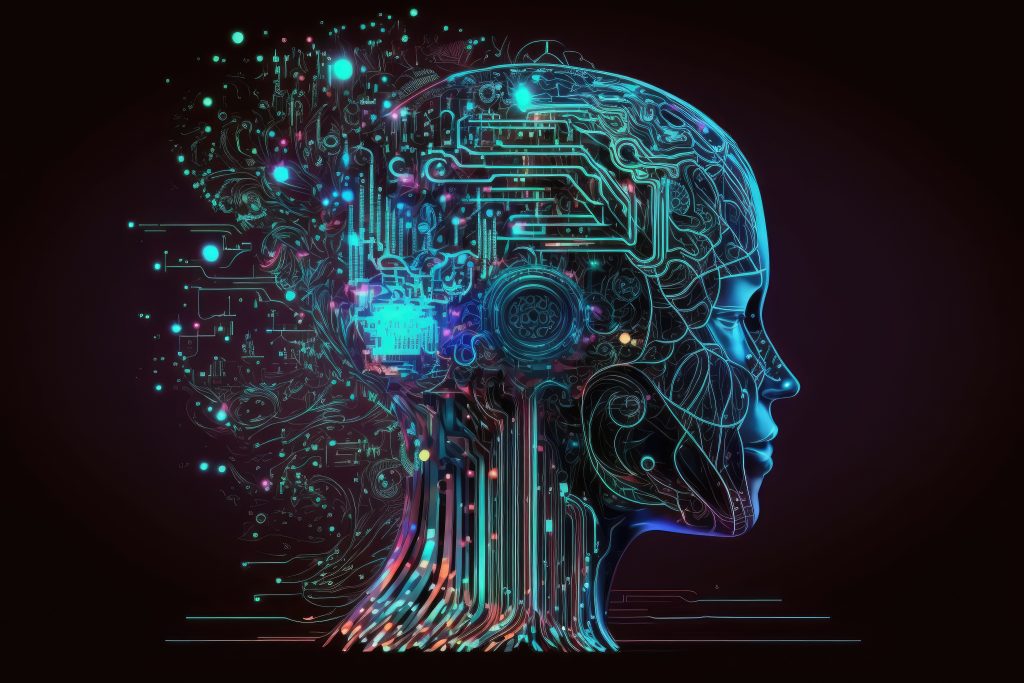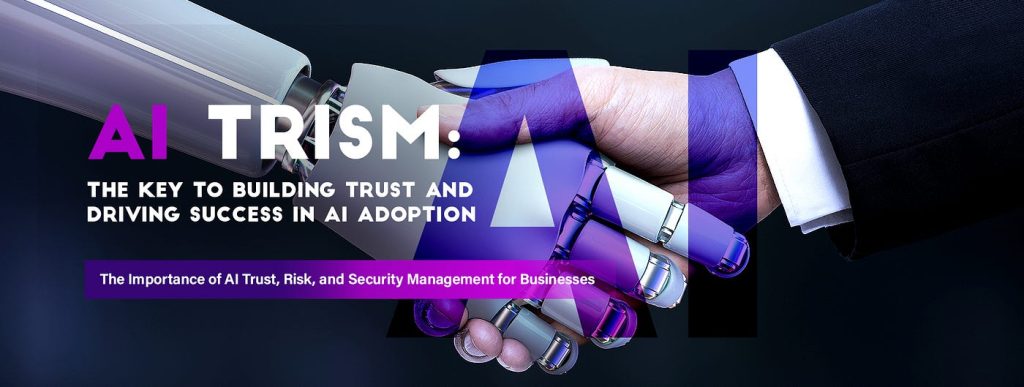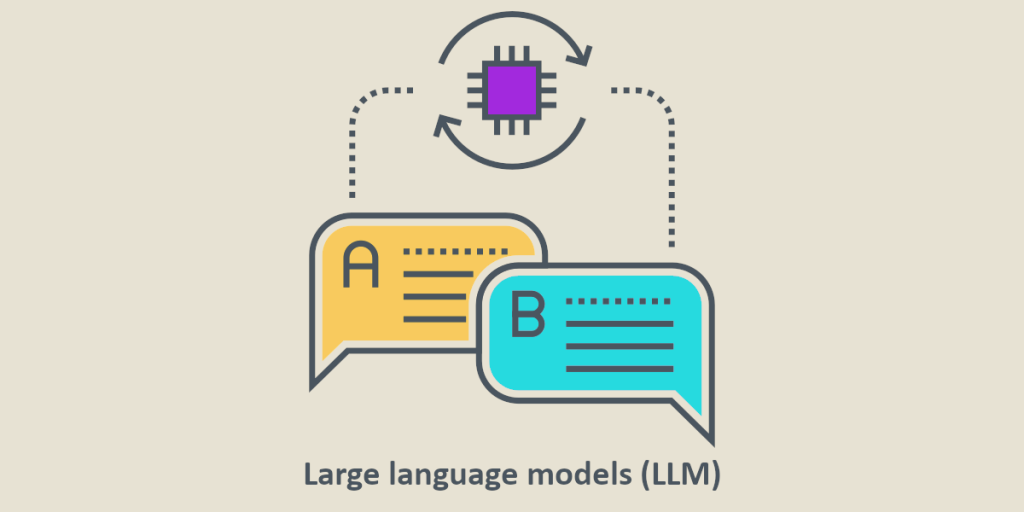As we approach the end of 2023, it is essential for IT leaders and professionals to reflect on the significant trends that shaped the technology landscape. These trends not only impacted businesses but also influenced how we live, work, and interact with the digital world. Let’s recap some of the top IT trends from this year and explore what lies ahead in 2024.
1. Democratized Generative AI (GenAI)

Generative AI, powered by massively pretrained models, cloud computing, and open-source frameworks, has become accessible to workers worldwide. By 2026, over 80% of enterprises are expected to use GenAI APIs and models, democratizing knowledge and skills within organizations. GenAI applications enable vast information accessibility, both internally and externally, transforming how businesses operate.
The Power Behind GenAI
- Massively Pretrained Models: GenAI leverages large-scale pretrained models, such as GPT-3, BERT, and T5. These models have absorbed vast amounts of text data, enabling them to generate coherent and contextually relevant content.
- Cloud Computing Infrastructure: The availability of cloud platforms allows organizations to harness immense computational power. GenAI models can be deployed, fine-tuned, and accessed remotely, democratizing access to cutting-edge AI capabilities.
- Open-Source Frameworks: Initiatives like Hugging Face, OpenAI, and TensorFlow have democratized AI development. Engineers and data scientists can build on existing models, collaborate, and contribute to the community.
2. AI Trust, Risk, and Security Management (AI TRiSM)

As AI becomes more pervasive, managing trust, risk, and security is critical. Without proper guardrails, AI models can lead to unintended negative consequences. AI TRiSM provides tools for proactive data protection, model monitoring, and risk controls. By 2026, enterprises implementing AI TRiSM controls can significantly enhance decision-making accuracy by eliminating up to 80% of faulty and illegitimate information.
The Role of AI TRiSM
- Proactive Data Protection: AI TRiSM emphasizes safeguarding data throughout its lifecycle. This includes encryption, access controls, and secure data handling. By protecting data, organizations mitigate risks associated with breaches and misuse.
- Model Monitoring and Explainability: AI models operate in dynamic environments. AI TRiSM ensures continuous monitoring, detecting anomalies, and flagging potential issues. Explainability tools help interpret model decisions, enhancing transparency.
- Risk Controls: AI TRiSM establishes risk thresholds. When a model’s output exceeds these thresholds, alerts trigger corrective actions. For instance, if an AI system recommends unsafe medical treatments, it can be halted.
3. Intelligent Applications and Large Language Models

Large language models allow enterprises to connect workers with knowledge in a conversational style, enhancing semantic understanding. These models enable rich interactions, making information accessible to employees across the organization. Expect further advancements in intelligent applications that leverage these language models for better productivity and decision-making.
Applications and Use Cases
- Virtual Assistants: These models power virtual assistants that assist employees with tasks like scheduling, answering FAQs, and retrieving information.
- Automated Documentation: Instead of manual documentation, language models can generate summaries, reports, and meeting minutes. This streamlines administrative work.
- Decision Support: When faced with complex decisions, employees can consult the language model. It provides insights, analyzes scenarios, and recommends courses of action.
4. Quantum Computing Progresses Toward Real-World Applications

Quantum computing, once theoretical, is now making strides toward practical applications. Organizations are exploring quantum algorithms for optimization, cryptography, and scientific simulations. While full-scale quantum computers are still a few years away, the progress in this field promises transformative breakthroughs.
Progress and Challenges
- Hardware Advances: Quantum hardware has made significant strides. Companies like IBM, Google, and Rigetti have developed quantum processors with increasing qubit counts. While full-scale quantum computers are not yet here, we are inching closer.
- Noisy Intermediate-Scale Quantum (NISQ) Era: Current quantum computers operate in the NISQ regime. They suffer from noise, decoherence, and limited qubit connectivity. However, they still demonstrate quantum supremacy in specific tasks.
- Quantum Error Correction: Overcoming errors is crucial. Quantum error correction codes are being researched to stabilize qubits and enhance reliability.
5. Cybersecurity Challenges Evolve
![]()
Cyber threats continue to grow in sophistication. Organizations must stay vigilant and adopt advanced security measures. Zero-trust architectures, threat intelligence, and AI-driven security solutions will play a crucial role in safeguarding digital assets.
Zero Trust Principles
- Least Privilege: Limit access permissions to the minimum necessary for each user or system. Assume that every user is a potential threat until proven otherwise.
- Micro-Segmentation: Divide the network into smaller segments, restricting lateral movement. Even if one segment is compromised, the damage remains contained.
- Continuous Authentication: Rely on multifactor authentication and behavioral analysis. Adaptive authentication adjusts security based on user behavior.
Predictions for 2024
1. Hyper Automation
Hyper Automation is the fusion of automation technologies, including AI, machine learning, and robotic process automation (RPA). Here is what to expect:
- Process Optimization: Organizations will increasingly automate complex, repetitive tasks. From invoice processing to customer service, hyper automation will streamline operations.
- Intelligent Bots: AI-driven chatbots and virtual assistants will handle routine queries, freeing up human resources for more strategic work.
- Automated Decision-Making: Machine learning algorithms will analyze data and recommend optimal decisions, enhancing efficiency.
2. Edge Computing
Edge computing brings computation closer to data sources, reducing latency and enabling real-time processing. Here is the scoop:
- Intelligent Devices: Edge devices—think smart sensors, drones, and autonomous vehicles—will process data locally. This is crucial for applications like self-driving cars and industrial automation.
- Latency Reduction: By minimizing the round-trip time to centralized servers, edge computing ensures faster responses. Imagine seamless video streaming and instant feedback in gaming.
- Privacy and Security: Data processed at the edge stays closer to its source, enhancing privacy and reducing exposure to cyber threats.
3. Sustainable Tech
As environmental consciousness grows, technology will play a pivotal role in sustainability:
- Green Data Centers: Energy-efficient data centers will become the norm. Renewable energy sources and efficient cooling systems will minimize environmental impact.
- Circular Economy: Tech companies will focus on product longevity, repairability, and recycling. Expect gadgets designed for longevity and easy disassembly.
- Eco-Friendly Materials: From biodegradable plastics to sustainable packaging, eco-friendly materials will replace their less Earth-friendly counterparts.
4. Blockchain Beyond Cryptocurrencies
Blockchain technology extends beyond Bitcoin and cryptocurrencies:
- Supply Chain Transparency: Blockchain ensures traceability, preventing counterfeit products and ensuring ethical sourcing.
- Digital Identity: Decentralized identity systems will empower individuals to control their personal data securely.
- Smart Contracts: Automated, self-executing contracts will revolutionize legal agreements, reducing bureaucracy.
5. Human-AI Collaboration
The future is not about humans versus AI; it is about collaboration:
- Augmented Intelligence: AI will enhance human capabilities, not replace them. Think of AI as a trusted advisor, providing insights and recommendations.
- Creative Partnerships: AI-generated art, music, and literature will coexist with human creations. Collaborations will yield novel expressions.
- Ethical Considerations: As AI becomes more integrated, discussions around ethics, bias, and transparency will intensify.
In conclusion, the IT landscape is dynamic, and staying informed about emerging trends is crucial for success. As we step into 2024, organizations must adapt, innovate, and strategically invest in technology to thrive in an ever-evolving digital world.







